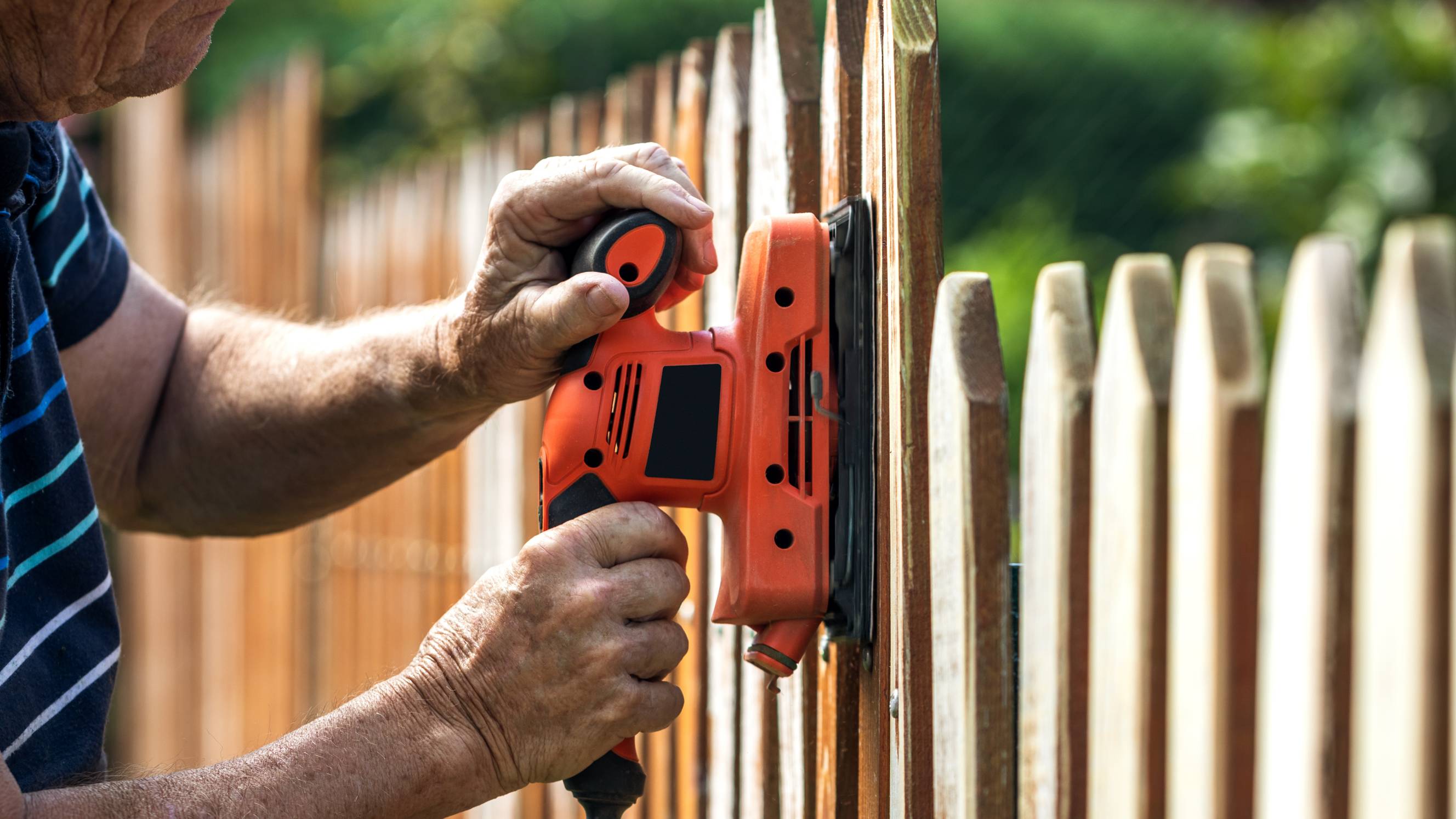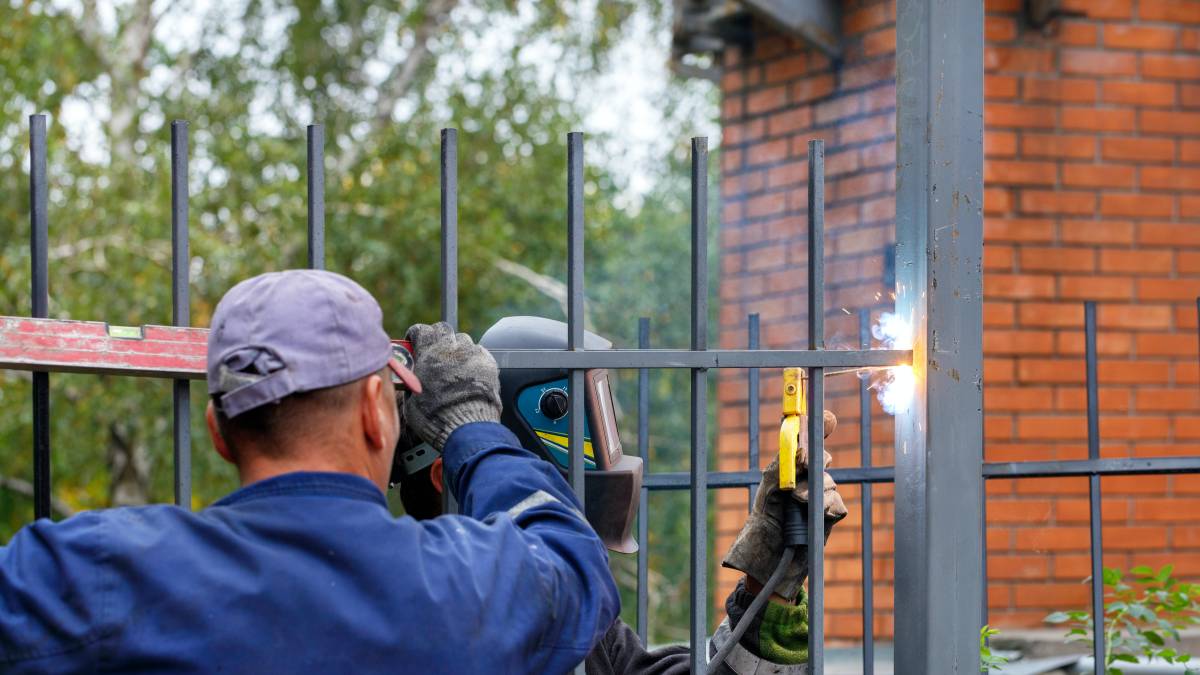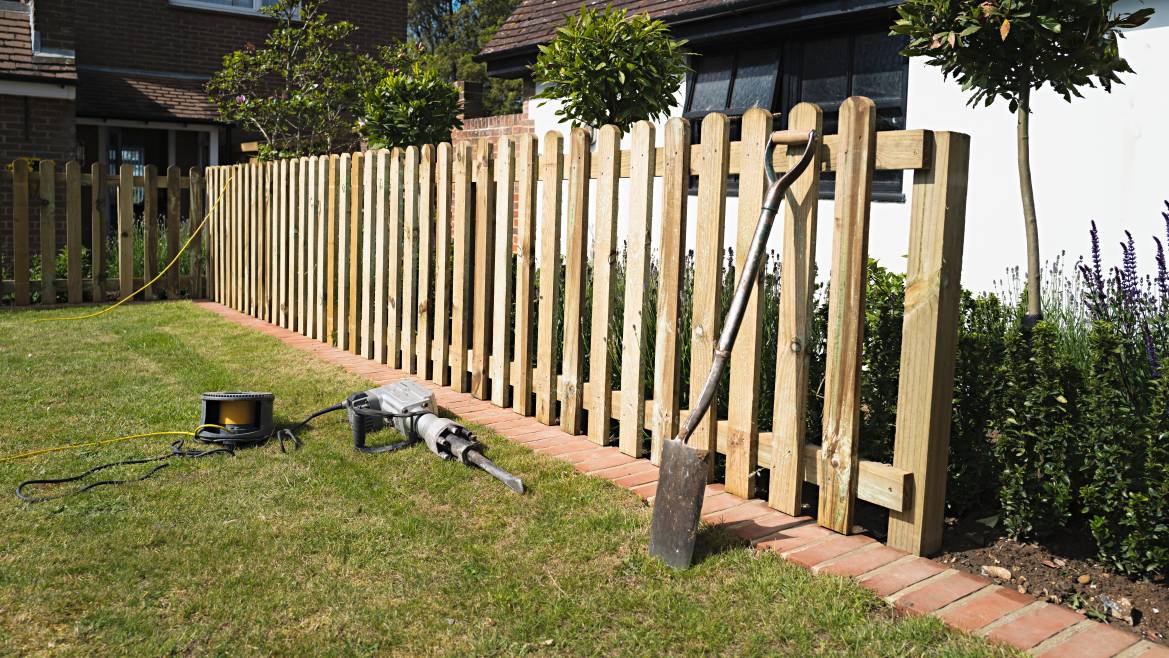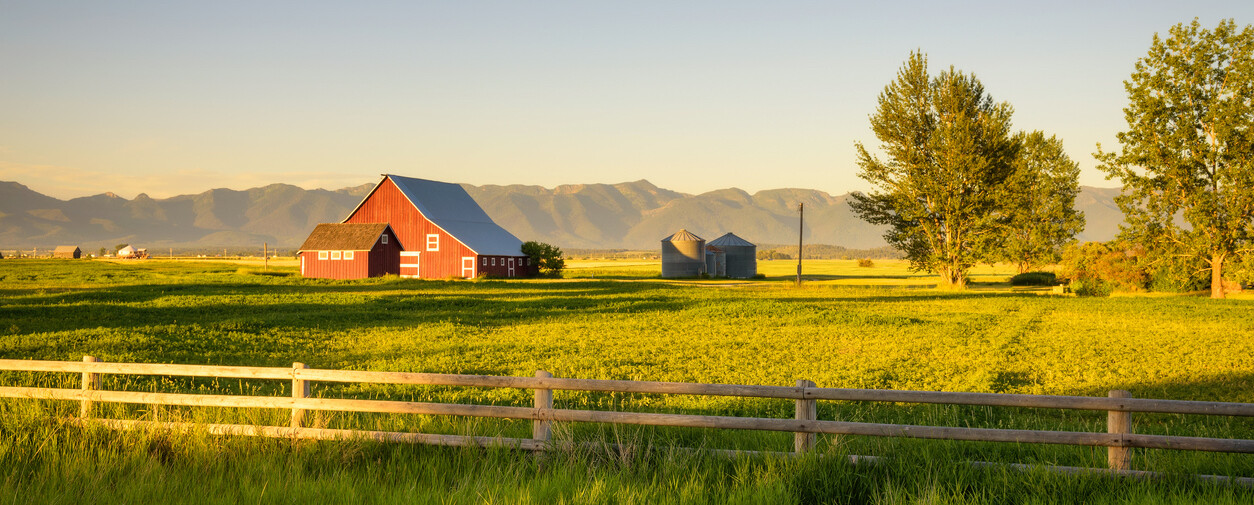
- Home/
- Costs/
- Fence Installation/
- Rural Fencing Cost Guide
Rural fencing cost: Factors that determine your final price
Post to find a price. It's free and only takes a minute.
Price guide
$1,200 - $3,000
low
$1,200
median
$2,000
high
$3,000
Last Updated on
Key Facts
- The average rural fencing installation costs around $2,000 in Australia, with wire mesh fencing ($6 to $12/metre) offering better value than chain link fencing ($50 to $80/metre).
- Despite the higher initial expense, professional installation is more cost-effective for larger properties in the long term. On the other hand, DIY installation works well for smaller areas with simpler boundaries.
- Location significantly affects pricing through variable labour costs, material prices, and additional fees that differ between rural and urban areas.
Scored your dream rural property? Brilliant! Now comes the most important part: installing proper boundary fencing. Rural fencing in Australia typically sets you back between $1,200 and $3,300, with the final price depending on your location, chosen materials, and how much land you’re fencing.
In this guide, we’ll explain everything you need to know about rural fencing options, the factors that may affect the final bill, and clever ways to maximise your investment without compromising quality or durability.
Reasons to install rural fencing
 Sturdy post‑and‑rail timber fence guarding rolling paddocks (Source: iStock)
Sturdy post‑and‑rail timber fence guarding rolling paddocks (Source: iStock)
Rural fences are critical for those running a farm or a garden. Installing rural fencing helps keep your farm environmentally safe by establishing boundaries for crops and livestock. Here are some of its key benefits:
Animal enclosure: Quality fencing prevents livestock from wandering onto roads and neighbouring properties, reducing accidents and liability risks. Create separate paddocks for different animal needs and deter livestock theft with proper barriers.
Water supply access: Fencing off dams, creeks, and water tanks prevents livestock contamination, keeping your water clean for irrigation and household use.
Clear boundaries: Proper fencing establishes clear boundaries, marking where your property ends or begins and demarcating shared property lines with your neighbours. Inside your property, smart fencing layouts can also help organise different farm zones.
Security: Sturdy fencing is your first defence against trespassers and creates safe zones for walkers near public footpaths, significantly reducing your liability. Remember that landowners are legally obligated to fence their property under Australian law.
Rural fencing prices
The installation cost of rural fencing may vary depending on what you need for your property. We’ll discuss the considerations further below, but here are the average costs involved:
Rural fencing cost per location
Area/Location |
Average rural fencing cost |
|---|---|
$1,500 – $3,000 |
|
$1,400 – $2,700 |
|
$1,500 – $3,000 |
|
$1,200 – $3,000 |
|
$1,200 – $2,500 |
|
$1,400 – $2,800 |
|
|
Fencing in Geelong |
$1,300 – $2,600 |
Rural fencing cost per metre
Type of rural fence |
Installation cost per metre |
|---|---|
Wire |
$5–$8 |
Wire mesh |
$6–12 |
Pine |
$10–$25 |
Chain link |
$50–$80 |
Paddock |
$10–$25 |
Electric |
$50–$120 |
The price differences reflect both material costs and installation complexity. Simple stock fencing with wire mesh and posts spaced at three metres typically costs between $18 and $20 per metre on flat ground with easy access to machinery. More complex terrain or limited access will naturally drive these prices higher.
Factors affecting rural fencing costs
Type of fencing
Your choice of fencing material directly impacts most of your total project cost. Each option has distinct advantages and drawbacks that affect initial installation and long-term expenses. For instance, wire mesh offers cost savings but may need replacement or repair services sooner than premium options.
For livestock-specific needs, specialised horse paddock fencing costs significantly more than basic cattle fencing due to height and safety requirements. To reduce your bill, consider combination fencing. For example, using electric wire with standard stock fencing can maintain security while minimising costs.
Location
You need to consider labour costs, rural fencing supplies prices, and miscellaneous fees and recognise that these vary depending on whether you are in a rural or urban area. Material costs may also fluctuate between regions due to transportation expenses and local availability.
To minimise expenses, compare quotes from multiple local contractors who may have established relationships with nearby suppliers. Consider scheduling installation during off-peak seasons when labour rates are more competitive.
For properties with challenging access, ask about potential additional charges for material delivery before committing to a specific contractor, as these miscellaneous fees can add up quickly on your final bill.
Area
To better understand overall costs, you must determine how much fencing you need to cover your farm area. This will let you decide more accurately on how much material is necessary for the project. More importantly, you need to know the type of terrain you have. For instance, difficult terrain with limited machinery access requires more manual labour, substantially increasing installation time.
To maximise value, clearly mark your desired fence line before contractors arrive. You can also start removing obstacles yourself or call a handyman to help you before the fence installation day. You may also consider phasing larger projects to spread costs while taking advantage of scale discounts for large properties.
How to save money on rural fencing cost
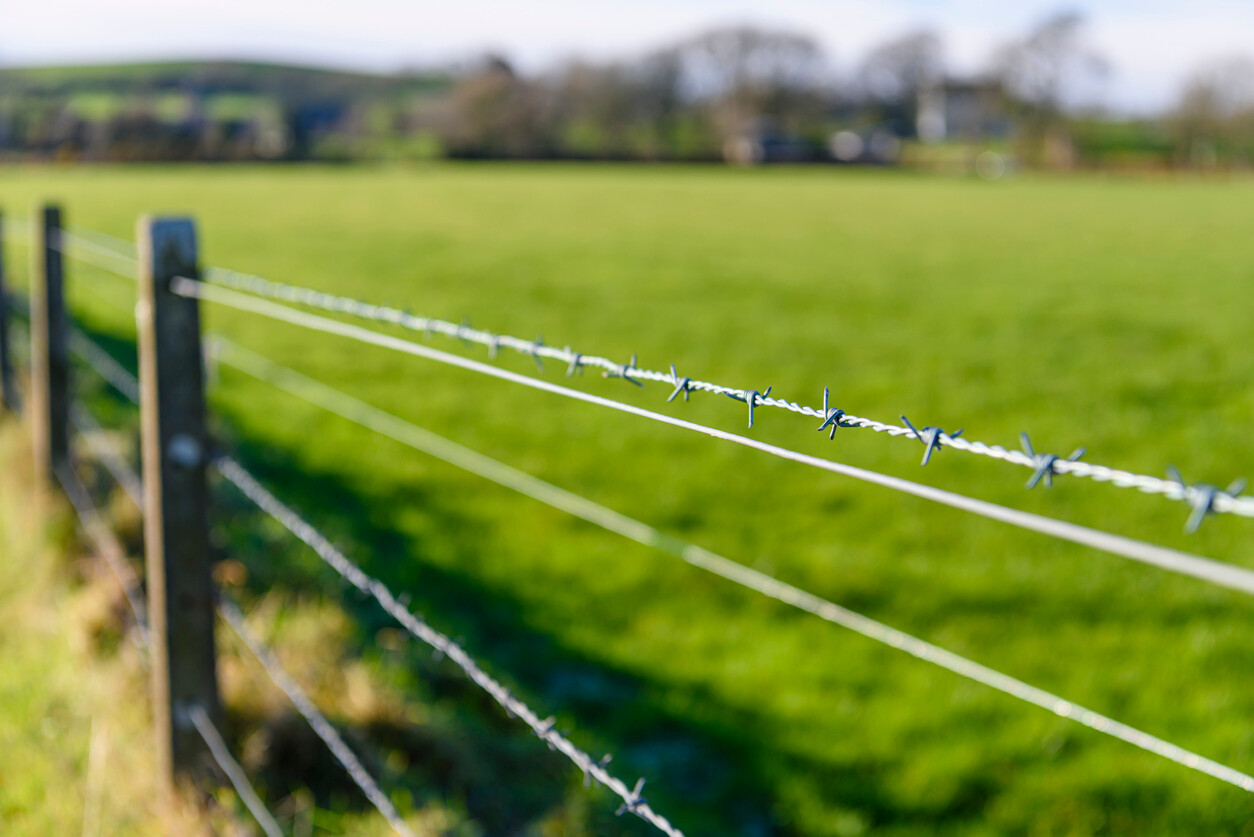 Close‑up of a barbed‑wire fence stretched between timber posts (Source: iStock)
Close‑up of a barbed‑wire fence stretched between timber posts (Source: iStock)
If you need to stick to a specific budget, you can do a few things to reduce the costs of rural fencing installation. For smaller areas or simple boundaries, DIY installation can slash labour expenses significantly. However, professional installation is more cost-effective long-term for larger properties or livestock containment.
Depending on your farm type, you should think about alternative fencing types that still meet your needs but at a lower cost. For example, if your fencing structure won’t need to withstand heavy impact, opt for the traditional post-and-wire fence instead of a post-and-rail fence.
Once you have installed your fence, remember to maintain it! For instance, you can schedule an annual inspection to see which parts need urgent repair or replacement.
Post a task for rural fencing
When looking for contractors to install your property’s rural fencing, ensure your job request contains all relevant details. Include your property size, your budget, and what the fencing is for. The more detailed you can be about the job, the better your chance of getting fair quotes and choosing the best option.
While you can DIY installation, it’s best to task fencing installation to a professional. Apart from being more cost-effective in the long run, you can rest assured that your fencing structures will be properly installed and last several years.
FAQs on rural fencing installation costs
Wire mesh is an inexpensive option for fencing materials. However, one common problem with wire fencing is that it accumulates rust over time. Ensure it suits your property or farm and expect periodic repair or replacement.
It depends on the purpose and type of fence. Traditional post and rail fences are common but great for keeping horses and other big animals. If you have smaller farm animals, like goats, post and wire fences may be installed.
Find fence installaters, fast
Post a task
Related price guides
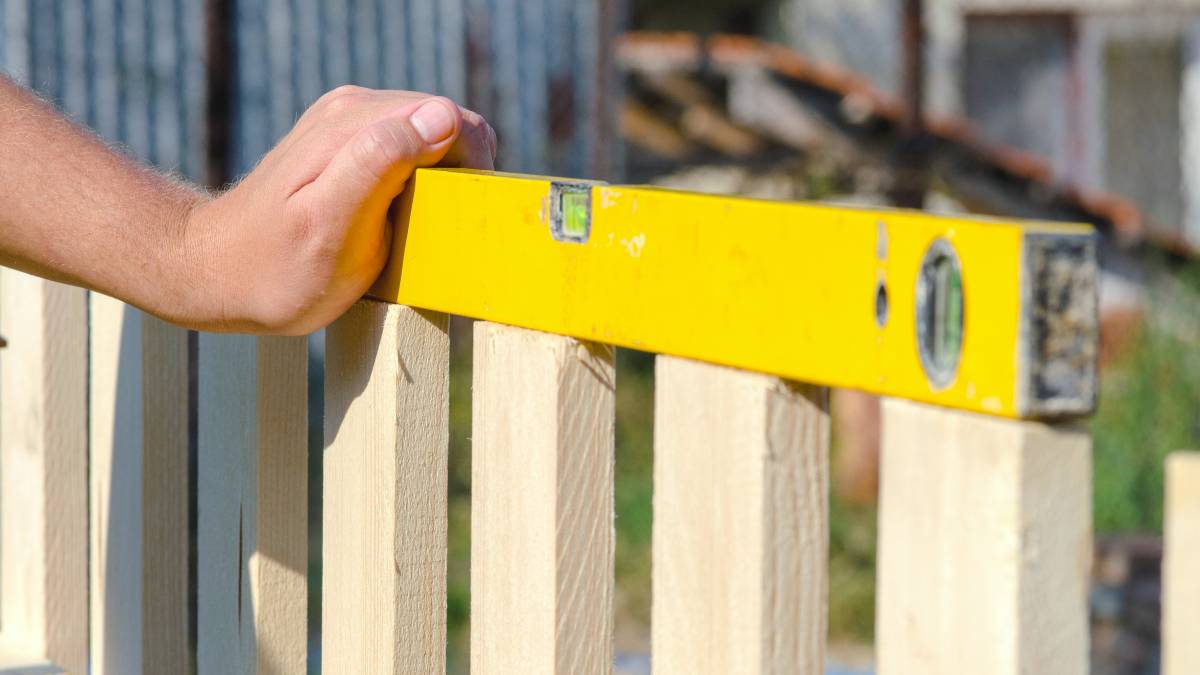
How much does wood fencing cost?
Read more
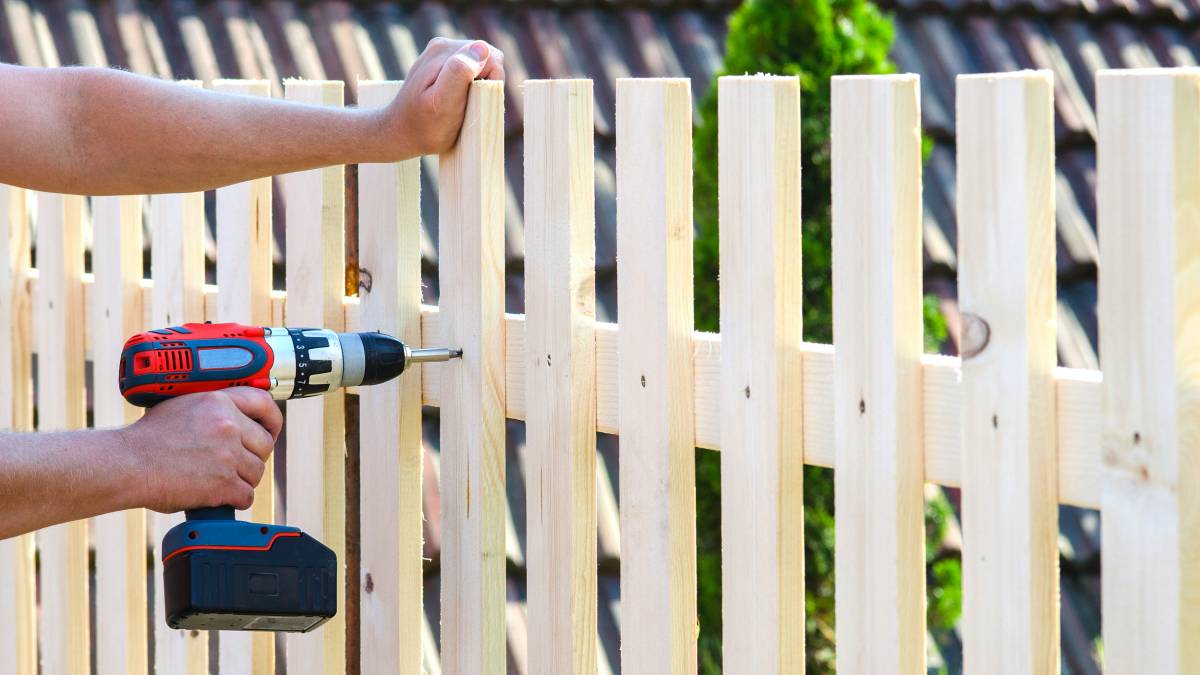
How much does fence repair cost?
Read more
Related articles
